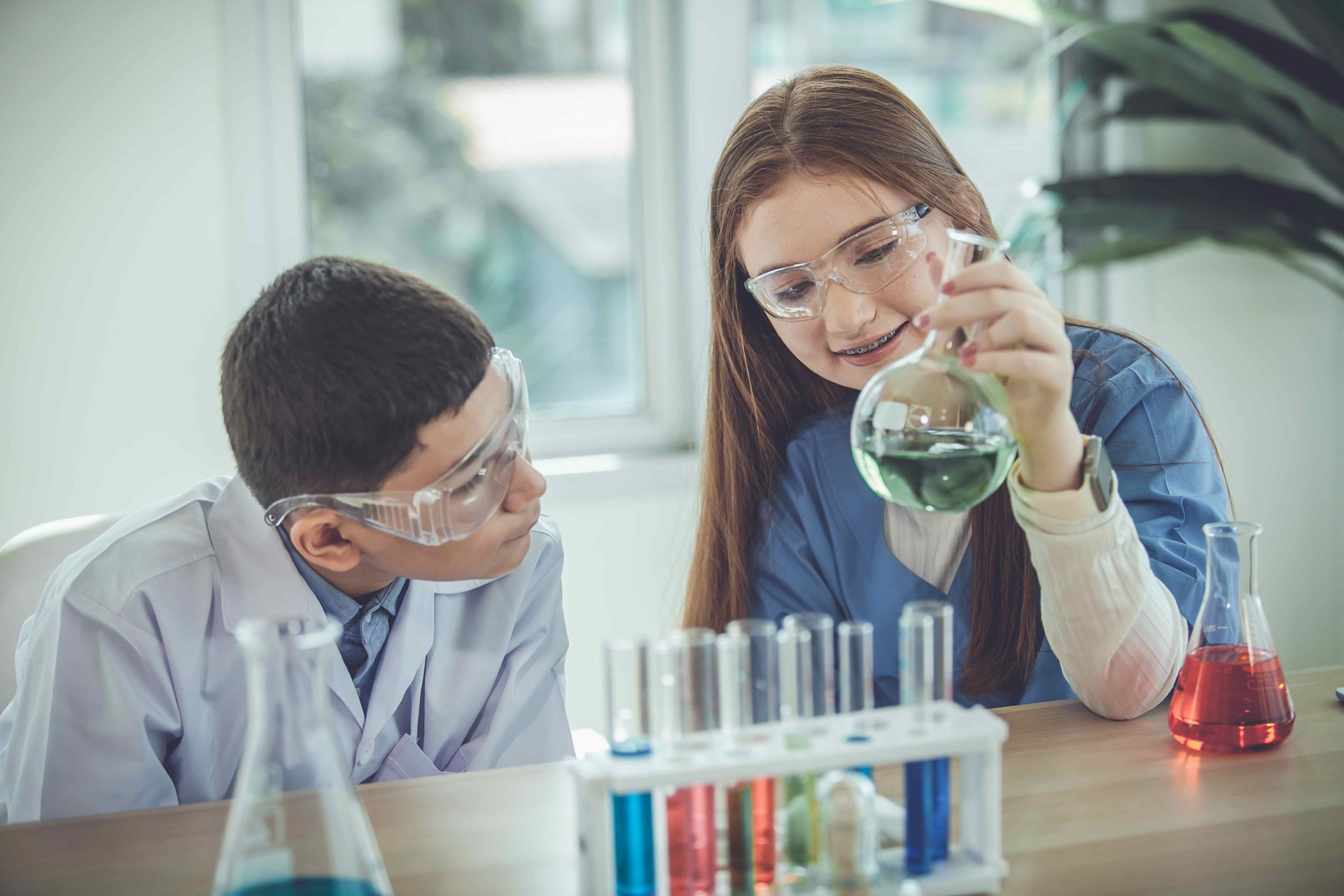
Engaging Preschoolers with Simple Science Experiments: A Guide to Fun and Educational Activities
We all aspire for our toddlers to grow as curious and eager learners, both as parents and educators. Introducing them to science-related activities can foster this curiosity while enhancing critical cognitive and motor skills. But where to begin? Many shy away from science experiments, fearing the need for specialized tools or complex instructions. However, this need not be the case. In reality, numerous simple scientific experiments can be conducted using everyday household items. This article aims to provide an overview of basic scientific experiments to engage toddlers in enjoyable and educational activities.
Understanding Simple Science Experiments
Preschoolers are introduced to fundamental scientific concepts through hands-on experiences with simple science experiments. These experiments can be conducted using readily available materials, making them affordable and easy to set up. Through observation, exploration, and problem-solving, preschoolers can learn about their environment with the help of these experiments.
Importance of Simple Science Experiments
Simple science experiments offer numerous benefits to preschoolers. Firstly, they aid in the development of cognitive skills such as observation, prediction, and critical thinking, essential for problem-solving and overall development. Secondly, these experiments foster a love for learning and knowledge exploration, nurturing preschoolers’ natural curiosity. Lastly, they contribute to the development of fine motor skills, crucial for tasks like pouring liquids and handling small objects.
Examples of Simple Science Experiments
Here are three examples of simple science experiments to kickstart your exploration:
- Balloon Blow-Up: Inflate a balloon using baking soda and vinegar.
- Water Walking: Explore surface tension by placing toys on paper towels over a bowl of water.
- Static Electricity: Demonstrate static electricity by attracting tissue paper with a rubbed balloon.
Tips for Conducting Simple Science Experiments
To ensure a safe and educational experience:
- Plan ahead: to gather materials and understand instructions.
- Choose appropriate experiments: suited to your preschooler’s age and interests.
- Supervise: closely to ensure safety and guide their exploration.
- Encourage exploration: and emphasize the process over the outcome.
Conducting Experiments at Home vs. in the Classroom
While the fundamental ideas remain the same, there are distinctions between conducting experiments at home and in the classroom. Home experiments offer a personalized learning experience tailored to individual interests, while classroom experiments can complement curriculum objectives and encourage collaboration among peers.
Conclusion
Simple science experiments offer a gateway to engaging preschoolers in educational activities that stimulate curiosity and promote learning. By incorporating these experiments into daily routines, parents and educators can nurture a lifelong love of learning and scientific inquiry. Remember, the goal is not merely to achieve specific results but to encourage exploration and discovery, fostering critical skills and creativity in preschoolers.


